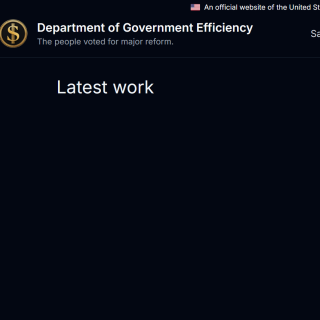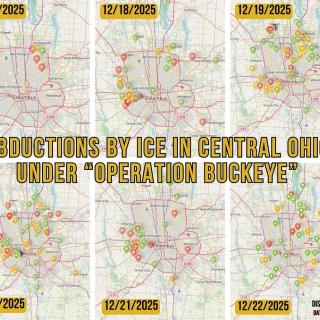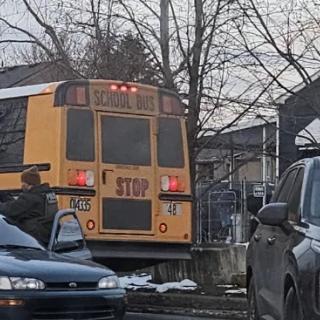Advertisement
As the New Hampshire primary lurches toward the finish line, the reality of electronic election theft looms over the vote count. The actual computer voting machines were introduced on a grand scale in New Hampshire’s 1988 primary. The godfather was George H.W. Bush, then the Vice President. As former boss of the CIA, Bush was thoroughly familiar with the methods of changing election outcomes. The Agency had been doing it for decades in client states throughout the world.
In the Granite State, Bush was up against Bob Dole, long-time Senator from Kansas. Dole was much loved in hard-core Republican circles. But Bush had an ace-in-the-hole. For the first time, the votes would be cast and counted on electronic voting machines, in this case from Shoup Electronics.
Governor John Sununu, later Bush’s White House Chief of Staff, brought the highly-suspect computer voting machines into New Hampshire’s most populous city, Manchester.
The results were predictable. Former CIA director George H. W. Bush won a huge upset over Dole and the mainstream for-profit corporate media refuses to consider election rigging.
Here’s the Washington Post’s account of the bizarre and unexplainable election results when touchscreens were first used: In 1988, H.W. Bush was trailing Dole by 8 points in the last Gallup poll before the New Hampshire primary. Bush won by 9 points. The Washington Post covered the Bush upset with the following headline: “Voters Were a Step Ahead of Tracking Measurements.
Was it a late surge of Bush devotees who reversed all reasonable expectation? Or was it the kind of electoral manipulation that had been perfected by the Agency over the decades, this time with an electronic assist?
While the mainstream for-profit media tried to explain it away, the Manchester Union Leader had been suspicious of the former CIA director going back to his first presidential bid in 1980.
“The Bush operation has all the smell of a CIA covert operation . . . strange aspects of the Iowa operation [include] a long, slow count and then the computers broke down at a very convenient point, with Bush having a six percent bulge over Reagan,” according to the Union Leader.
In the next presidential election in 1984, Bush’s rival President Reagan signed National Security Directive Decision NSDD245. A year later, the New York Times explained the details of Reagan’s secret directive: “A branch of the National Security Agency is investigating whether a computer program that counted more than one-third of all the votes cast in the United States in 1984 is vulnerable to fraudulent manipulation.
In 1987, Gary Greenhalgh resigned as director of the Election Center to become vice-president of operations for the R.F. Shoup Company. The company’s founder, Ransom Shoup, had been convicted in 1979 for conspiring to defraud the federal government in connection with a bribe attempt to obtain voting machine business, according to the Commercial Appeal newspaper of Memphis. His machines were known as Shouptronics. Under the name Danaher they were used in the disputed 2004 election in Columbus, Ohio where numerous voters complained that their vote for Kerry “faded away” on the screen.
Computerized voting machines with software programmed by partisan for-profit corporations, makes election fraud even easier. We have known about this for four decades. Roy G. Saltman’s work at the National Bureau of Standards has documented the vulnerability of computer voting since the 1970s.
Saltman issued a report for the Bureau numbered NBSIR-75-687 documenting the lack of computer security in vote tallying and the potential for election tampering. He traced the use of computers to tally vote results from September 1964 through his 1975 report.
A follow-up report by Saltman in 1988 pointed out other problems with computer voting. In 1986 in Stark County, Ohio a recount programming error reversed the correct election results. There’s a question on whether this was a real error since a special programmer was brought in to write the code for the recount.
The ultimate implication for this year's primary has yet to be played out. This year in New Hampshire, we have Bernie Sanders rolling into Election Day with a very strong lead. Barack Obama did much the same (though with far smaller margins) in 2008, and emerged the loser. Could a similar outcome follow for Bernie?
On the Republican side, it's anyone's guess.
But whatever happens, remember that for decades the Granite State has set the tone for the general election, and could do so again on Tuesday. It remains to be seen whether we get a legitimate outcome, or another strip and flip selection, with ultimate control of the government still at stake. But the whole world had better be watching.
Bob Fitrakis & Harvey Wasserman are co-authors of THE FLIP & STRIP SELECTION OF 2016: SIX JIM CROWS AND ELECTRONIC ELECTION THEFT. (www.freepress.org/www.solartopia.org)



